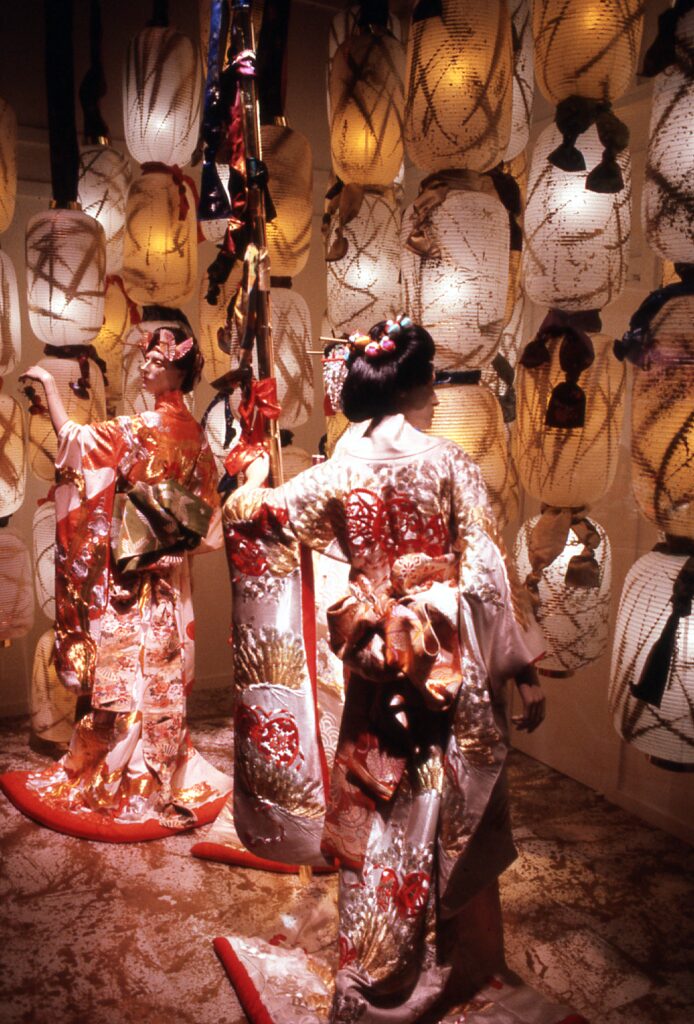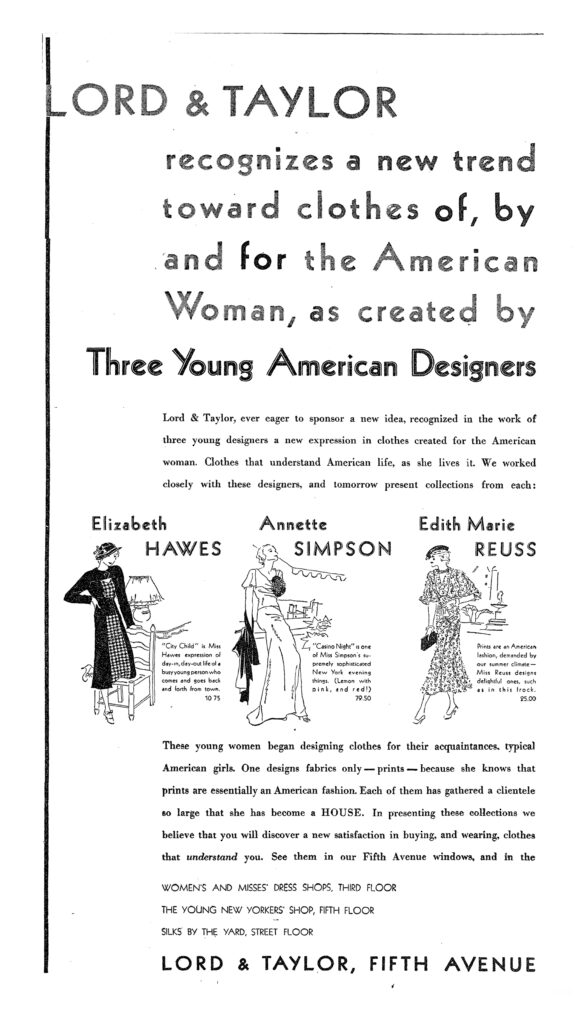‘When Women Ran Fifth Avenue’ Is an Ode to the Department Store in the Age of Amazon
A stylish history that makes an epic out of the schmatte trade and the women who told the world what to wear.

‘When Women Ran Fifth Avenue: Glamour and Power at the Dawn of American Fashion’
By Julie Satow
Doubleday, 320 pages
Even those readers who have forgotten what the inside of a department store looks like will be sold on “When Women Ran Fifth Avenue: Glamour and Power at the Dawn of American Fashion.” The latest from author Julie Satow, a Sun veteran whose first book was on the Plaza Hotel, makes an epic out of the schmatte trade. At a time when Amazon devours all before it, Ms. Satow’s yarn is a reminder of what’s lost when commerce is a cloud.
Ms. Satow’s book, moreover, is as cannily stitched together as a Dior dress. She tells of the rise of the American department store by braiding the biographies of three women who came to lead three of the Leviathans of 20th century commerce. A Forest Hills duchess, Hortense Odlum, reinvents Bonwit Teller. A doll designer turned executive, Dorothy Shaver, comes to lead Lord & Taylor. A journalist, Geraldine Stutz, resurrects Henri Bendel.
“When Women Ran Fifth Avenue” offers a bazaar of insight to sell the reader on the proposition that the rise of the department store is a lens — and a stylish one at that — to tell the story of New York’s ascendency in the last century. At a moment when Gotham’s commercial real estate is teetering, Ms. Satow tells of a time when Manhattan elbowed aside Paris to become the first city of the fashion world. Booms and busts were always part of the equation. Taste is changeable, and chic has always been a fickle mistress.

While department stores now can appear to be big box relics of the past — cathedrals of a waning religion — Ms. Satow is an able chronicler of an era when they were sites of relentless innovation. Bonwit Teller established the “721 Club,” an “all-male escape” that was directed at “husbands and boyfriends who could sip scotch and smoke cigars … and privately gaze at attractive models.” Also, air-conditioning, places to dine, and beauty salons.
Stutz, who led Henri Bendel for three decades, emerges in these pages as a visionary possessed of acute insight. Her store is smaller, so she executes a “concept that would shape a generation of department stores, a new merchandising strategy that would come to redefine how the industry approached its all-important main floors.” The idea was a “Street of Shops,” modeled after the Via Mizner pedestrian mall at Palm Beach. It was a boutique at scale.
New York magazine described how Bendel became not only a brand but an identity. “Unlike the Bergdorf, the Bendel is not born, but made. … The Bendel does not eat during the day, except for an occasional asparagus. She prefers her store’s boutiques with their maximum of chic and minimum of stock.” Stutz persuaded Joseph Pilates to open a studio in her store. She once, disastrously, hired Marcel Duchamp to design a window display.
Ms. Satow chronicles how the challenges to department stores long predated Jeff Bezos’s trillion-dollar emporium. Post-war suburban sprawl challenged the ubiquity of the flagship. Discount stores were another blow, as 1962 saw the birth of Walmart, Kmart, and Target. The Yiddish-speaking Eugene Ferkauf, who founded E.J. Korvette, advised Sam Walton before he opened the first Walmart in Arkansas. Mall culture was another challenge to the likes of Bendel.

“When Women Ran Fifth Avenue” delivers the pleasure of well-drawn portraiture. There is the Bendel doorman known as Buster who arrives at the store in 1906 and works there until his retirement in 1980. Mary Ann Cohen is the daughter of a Dutch rabbi who created a lingerie empire, inspecting her store every day until her death at the age of 94. Miriam Marshall, born on a fishing ship to Holocaust survivors, hunts exotica for Bendel.
The book does not shy from the tragedy behind the glitz. Oldum is embittered by her husband’s affair, and turns against the kind of career she pioneered. Dorothy Shaver, despite working miracles at Lord & Taylor, never is paid her worth. The chain went bankrupt in 2020. Stutz engineered a sale to Leslie Wexner’s L Brands, a transaction that ended in heartache. Ms. Satow captures how much we miss them all and the commerce they created.

